Sarga angustum
(S.T.Blake) Spangler Sorghum angustum
This grass is an erect single-stemmed or branched annual 50-100 cm high (Fig. 1a), often with aerial roots (Fig. 1b) and prominent long hairs on stem nodes (Fig. 1c). The leaves arise along the stem with leaf blades 8-46 cm long and 2-5.6 mm wide. The basic flowering units or spikelets are arranged in clusters in an open and sparse flowering head (Fig. 1a). The slender branches of the flowering head are arranged in 1-2 (-4) whorls along a central stem, each whorl with branches arising from the stem like the spokes of a wheel, branches drooping with age. There are usually 1-3 spikelet clusters along each branch of the whorl. The spikelet clusters consist of a sessile spikelet which has a prominent twisted awn or bristle, 37-114 mm long, and a tuft of often pale yellow to reddish brown hairs on a sharp tipped base (callus), and two rudimentary stalked spikelets, consisting of obscure glumes or stalks only (Fig. 2). The tip of the seed grain is hairless.
Botanical Description
An annual grass with culms 50-100 cm high, 3-6 nodes, mid-culm nodes bearded, hairs 3.5-7 mm long. Leaves cauline, blades 8-46 cm long, 2-5.6 mm wide, glabrous or indumented. The inflorescence is an open few-flowered panicle, comprised of racemes or spike like branches, 2-9 cm long, arranged in whorls along a central stem (Fig. 3). Spikelets are arranged in clusters of three along each branch, with usually 1-3 spikelet clusters per branch. Each spikelet cluster consists of a prominent sessile spikelet and two rudimentary pedicelled spikelets, consisting of stalks only or very reduced glumes to 0.2 mm long (Fig. 3). The sessile spikelets are 10.7-13 mm long (including callus), callus 3-8 mm long, pungent with pale or reddish hairs and are conspicuously awned, the awn 37-85(-114) mm long with a twisted column. Apex of caryopsis glabrous.
Diagnostic Features
In the Australian Plant Census (CHAH 2009) this species is treated under the genus Sorghum as Sorghum angustum but in Queensland where it predominantly occurs it is considered to belong to the genus Sarga. Differences between Sarga and Sorghum are discussed in Sprangler (2003) but include longer awns, bearded culm nodes and larger stalked spikelets in Sarga. Sarga species are a prominent grass in Australian tropical savannas, they are often very tall, abundant where they occur and are topped with often dense flowering heads which produce usually large, sharply pointed spear like seeds which can penetrate clothing and irritate the skin. Sarga angustum is distinguished from other species in the genus by the combination of the following characters, an annual habit (which makes it easy to pull out), the hairless apex of the seed grain (rather than with a tuft of hairs), the nodes of the stem with long straight hairs (rather than hairless or with short soft hairs) and the rudimentary or absent stalked spikelets. This species may be confused with Vacoparis laxiflorum which is also common in the region (Fig. 3). Vacoparis laxiflorum can be distinguished by the taller more robust habit 100–200 cm tall, compared with 50-100 cm in S. angustum, the smaller spikelets 4-6.5 mm long and callus 0.2-0.3 mm long (Fig. 4), as well as the blue green colour of the stem, the denser flowering head and the generally wider leaves (3-16 mm).
Natural Values
This species is few flowered compared to other species of Sarga but the seed is still quite large and when individuals are present in large numbers the seed produced would be an important food source for seed eating species. Wild Australian species of Sorghum sens. lat. are of interest to plant breeders as a source of useful traits for commercial crops (Romand-Monnier 2013).
Habitat
From far north-eastern Queensland and Arnhem Land, Northern Territory, where it grows in littoral zones and often on sandy soils in inland areas (Simon & Alfonso 2011).
Land Management Notes
Although this species is not specifically referred to in the literature native species of Sorghum/Sarga, particularly the perennial species, are considered of moderate forage value due to their bulky foliage (Anderson 2003, Lazarides 2002, Milson 2000, Rolfe et al. 1997, Simon & Alfonso 2011). The pungent tipped seeds are likely to be as irritating to stock as they are to people.
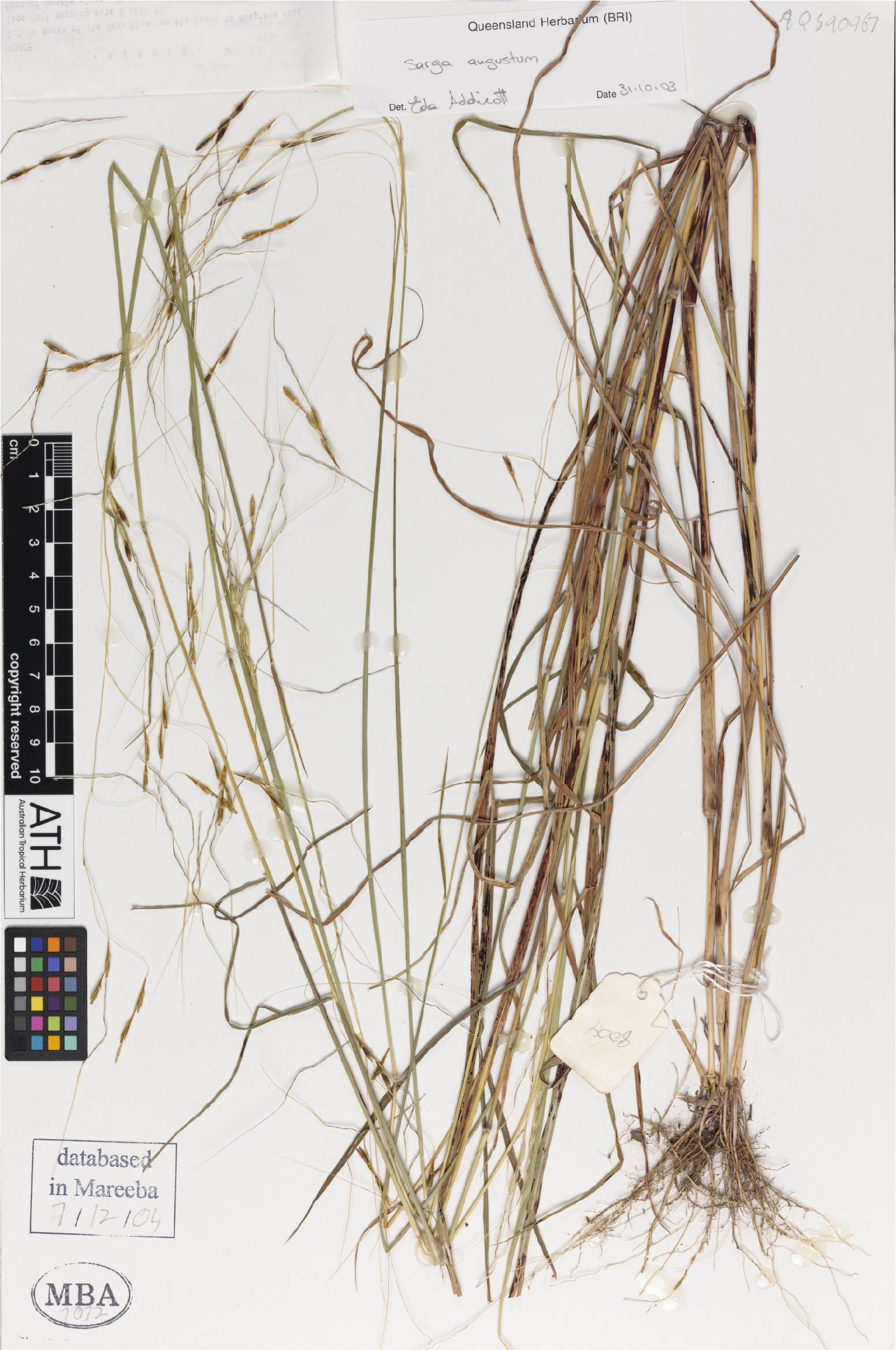
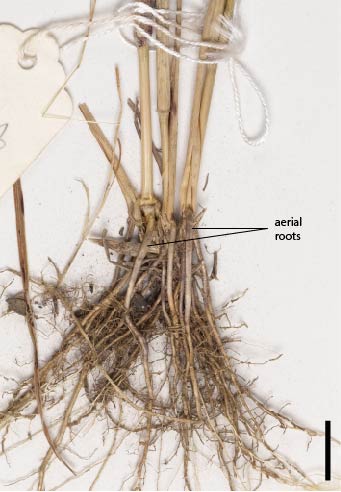
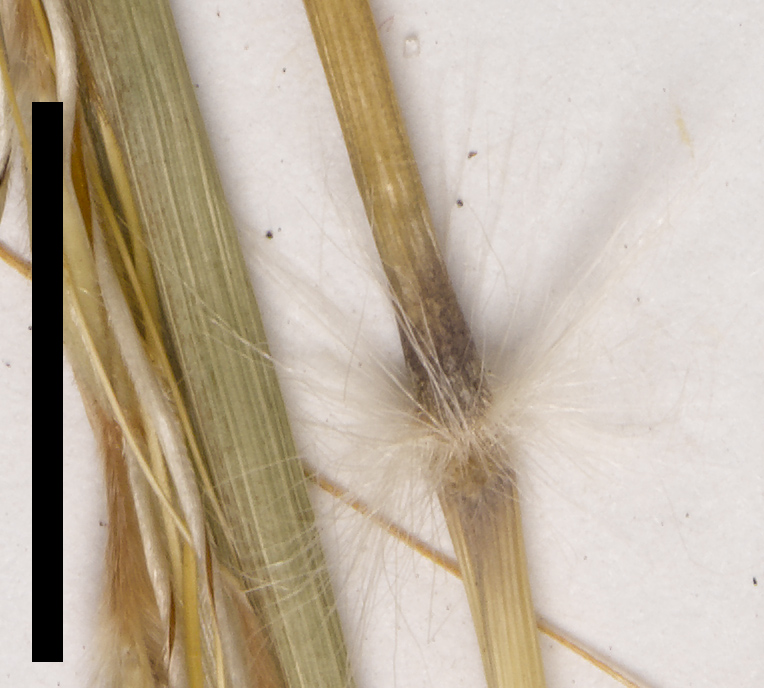
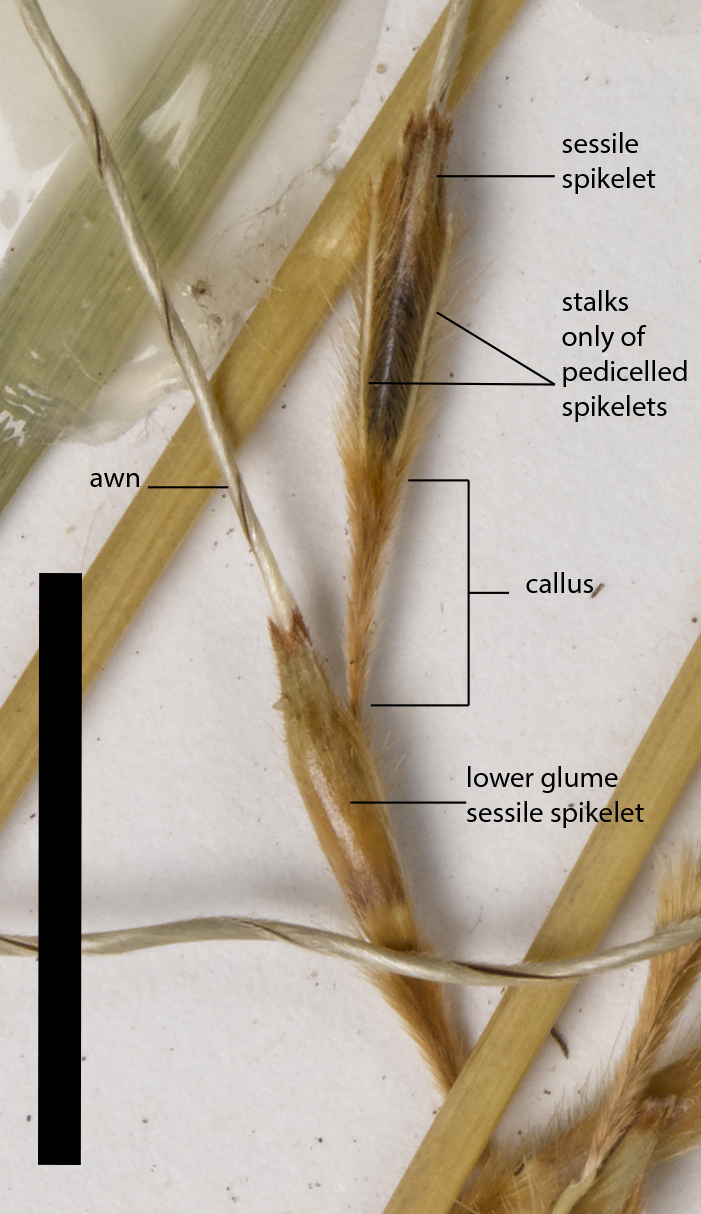
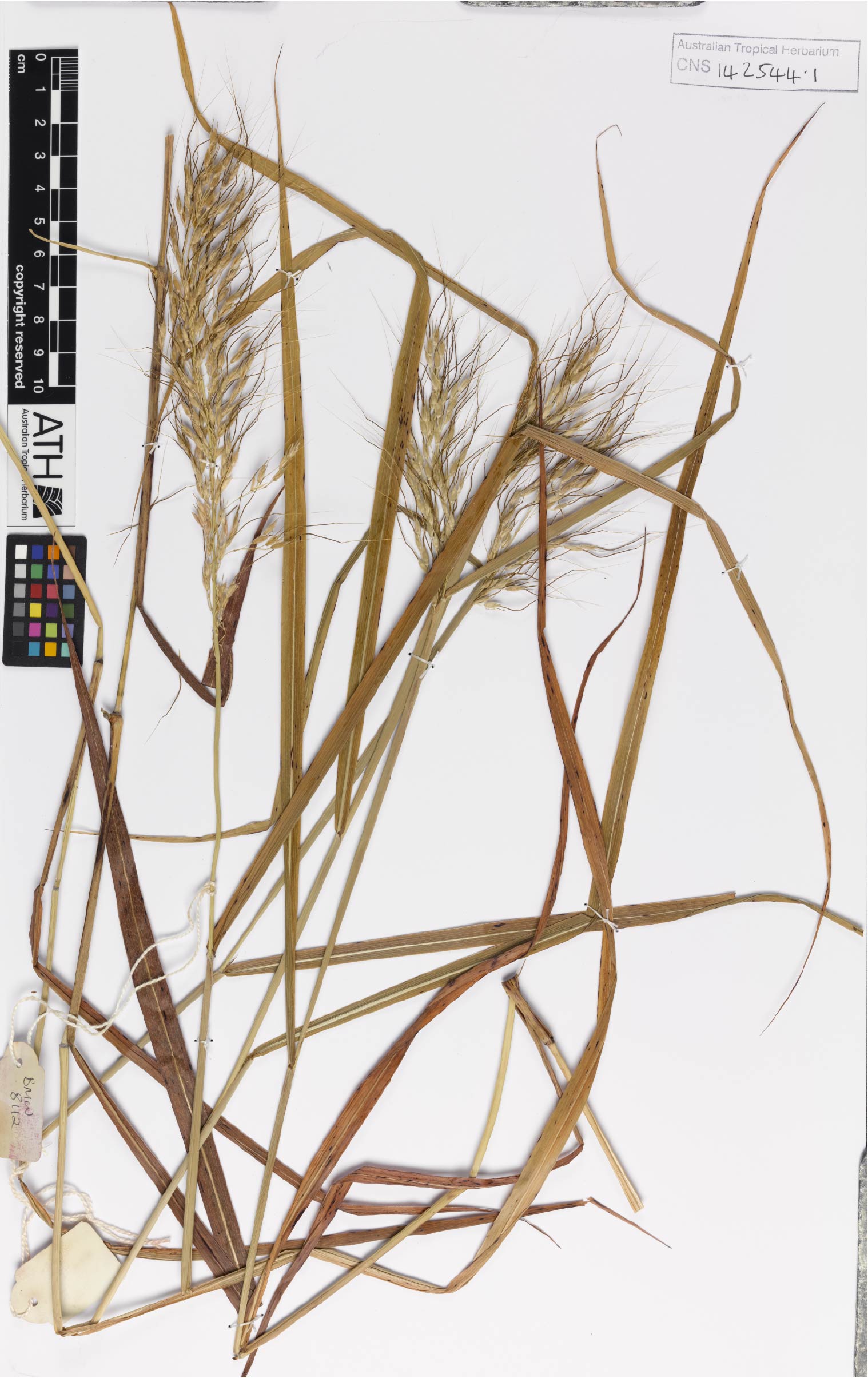
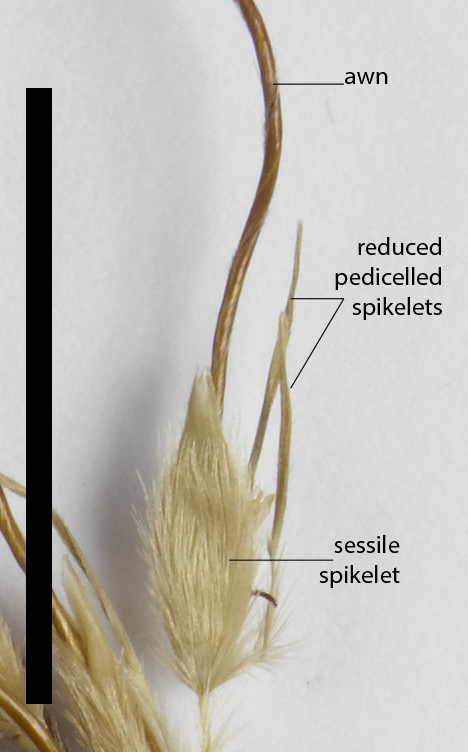
Resources
Anderson, E.R. (2003) Plants of Central Queensland their identification and uses. Information Series Q103069, Queensland Department of Primary Industries.
AVH (2017) Australia’s Virtual Herbarium, Council of Heads of Australasian Herbaria, <http://avh.chah.org.au>, accessed 30 May 2017.
CHAH (2009) Australian Plant Census. https://biodiversity.org.au/nsl/services/apc-format/display/64461 accessed 22/5/2017.
Lazarides, M., Hacker, J.B. & Andrew, M.H. (1991) Taxonomy of indigenous Australian sorghums (Sorghum Moench: Andropogoneae: Poaceae). Australian Systematic Botany 4(4): 607, figs 4d-h, 5a.
Lazarides, M. (2002) Economic attributes of Australian grasses. Flora of Australia 43: 213-245.
Milson, J. (2000) Pasture plants of north-west Queensland. Information Series Q100015. Queensland Department of Primary Industries.
Rolfe, J., Golding, T. and Cowan, D. (1997) Is your pasture past it? The glove box guide to native pasture identification in north Queensland. Information Series Q197083. Queensland Department of Primary Industries.
Sharp, D. & Simon, B.K. (2002) Ausgrass: Grasses of Australia. CD-Rom. Version 1.0 (Australian Biological Resources Study, Canberra, and Environmental Protection Authority, Queensland).
Simon, B.K. & Alfonso, Y. (2011) AusGrass2, http://ausgrass2.myspecies.info/accessed on [date 29 March 2017].
Romand-Monnier, F. (2013) Sorghum angustum. The IUCN Red List of Threatened Species 2013: e.T44392532A44520888. http://dx.doi.org/10.2305/IUCN.UK.2013-1.RLTS.T44392532A44520888.en. Downloaded on 22 May 2017.

